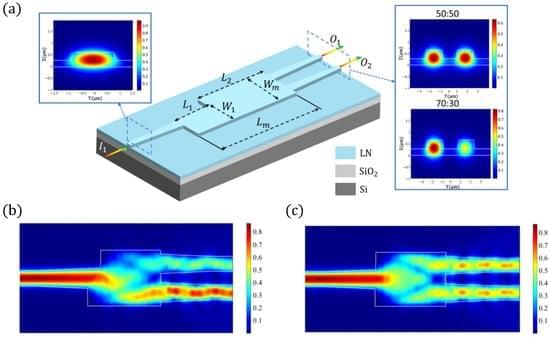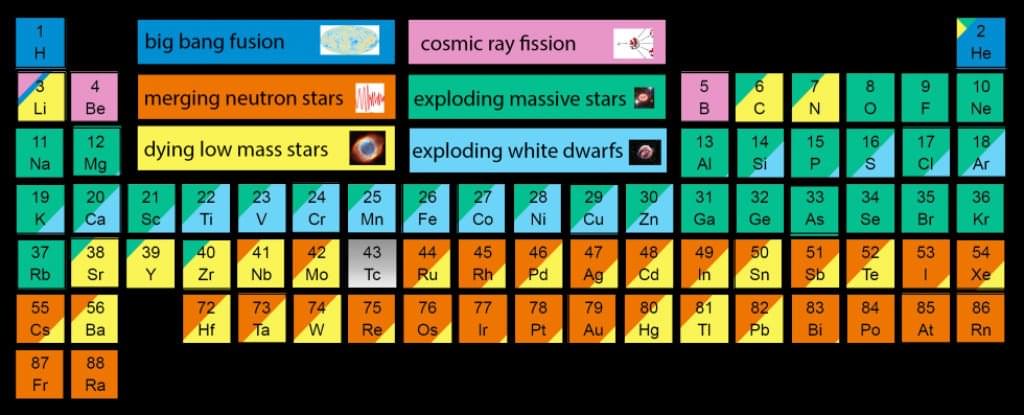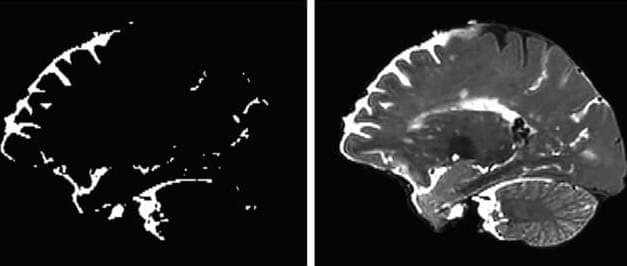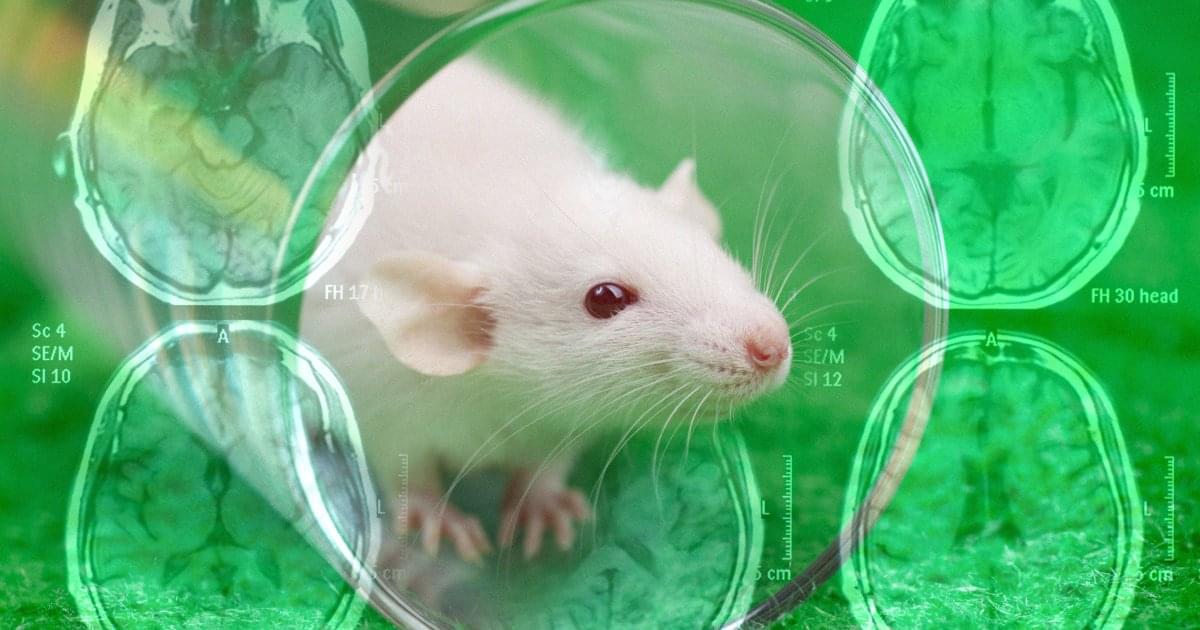A sudden flash of insight is a product of your brain. Neuroscientists track the neural activity underlying an “aha” and how it might boost memory.


Perhaps no existential question looms larger than that of our ultimate cosmic origins. At long last, science has provided the answers.

We propose and demonstrate a high-performance asymmetrical multimode interference splitter on X-cut lithium niobate on insulator (LNOI) with an ultra-compact size of 5.8 μm × (26.4–35.6) μm. A rectangle with a small region is removed from the upper left corner of the multimode interference (MMI) coupler to achieve a variable splitting ratio. Here, we design and characterize MMIs in six different distribution ratios ranging from 50:50 to 95:5 on a 600 nm thick LNOI. Based on the cascade structure, the linear fitting method accurately shows the device loss (~0.1–0.9 dB). Our fabricated devices demonstrate robustness across a 30 nm optical bandwidth (1535–1565 nm). In addition, we numerically simulate the Z-cut LNOI, showing that the structure corresponding to the TM mode can also achieve a good variable splitting ratio.


Here’s something to think about: the average adult human is made up of-1 (7 octillion) atoms, and most of them are hydrogen — the most common element in the Universe, produced by the Big Bang 13.8 billion years ago.
The rest of those atoms were forged by ancient stars merging and exploding billions of years after the formation of the Universe, and a tiny amount can be attributed to cosmic rays — high-energy radiation that mostly originates from somewhere outside the Solar System.
As astronomer Carl Sagan once said in an episode of Cosmos, “The nitrogen in our DNA, the calcium in our teeth, the iron in our blood, the carbon in our apple pies were made in the interiors of collapsing stars. We are made of starstuff.”

A question that has vexed physicists for the past century may finally have a solution – but perhaps not the one everyone was hoping for.
In a new, detailed breakdown of current theory, a team of physicists led by Mir Faizal of the University of British Columbia has shown that there is no universal “Theory of Everything” that neatly reconciles general relativity with quantum mechanics – at least, not an algorithmic one.
A natural consequence of this is that the Universe can’t be a simulation, since any such simulations would have to operate algorithmically.


Scientists have developed a nanoparticle-based treatment that successfully reversed Alzheimer’s disease in mice.
As detailed in a new paper published in the journal Signal Transduction and Targeted Therapy, the team co-led by the Institute for Bioengineering of Catalonia, Spain (IBEC), and West China Hospital, Sichuan University, developed bioactive “supramolecular drugs” that can proactively repair the blood-brain barrier.
The barrier plays an important role in the health of the brain, defending it from harmful substances and other pathogens. Alzheimer’s has been linked to a weakening of the barrier’s integrity, allowing for impairing toxins to make it through.

For years, astronomers have been on the hunt for the first generation of stars, primordial relics of the early universe. And now they may have just found them. Ari Visbal from the University of Toledo, Ohio and colleagues believe they’ve glimpsed so-called Population III (Pop III) stars following a detailed analysis of previous James Webb Space Telescope (JWST) observations of a distant galaxy called LAP1-B.
Pop III stars are thought to be composed entirely of helium and hydrogen with trace amounts of lithium, the ingredients left over after the Big Bang. They formed early on, around 200 million years after the universe began. These stars are extremely rare because they died out long ago, although scientists have hoped that the faint light from these distant, ancient objects would be detectable.
Previous Population III candidates have been ruled out because they didn’t meet the three main predictions about their formation and properties. That is, they were formed in small dark-matter clumps (called halos), were extremely massive, and formed in small clusters.
